The Kio Rio is a peppy, fuel-efficient, and increasingly popular mini (sub-compact) car in the US market. It’s typically cross-shopped with other cars like the Honda Fit, Toyota Yaris, Toyota Prius C, Ford Fiesta, Hyundai Accent, and Chevrolet Sonic. While it’s one of the smallest cars you can buy, it still comes with a few of the latest safety features available, including a good moderate overlap and roof score, side airbags, electronic stability control, and anti-lock brakes.
That said, the Rio definitely has room for improvement, and it’s worth noting that it only has an acceptable side score from the IIHS and a moderate small overlap front score. Kia clearly has a ways to go with the Rio. But with those caveats in mind, it’s still a much safer mini car choice than virtually any mini car from 2010 and earlier, and merits consideration from folks interested in a small and cheap car.
I borrowed one this weekend to see how family-friendly it was compared to the Fiesta, Fit, Accent, and Yaris, which I’ve reviewed in the past, when it comes to the all-important task of fitting multiple car seats into the back row. Before looking at which seats fared best, however, it’s worth taking a look at why it’s important to use certain seats at certain times with our children.
First of all, infants, toddlers, and preschoolers are safest when rear-facing. I recommend rear-facing as long as you can (ideally until 4!), before forward-facing them in harnessed convertible or combination seats (until at least 5!). Once they outgrow their harnessed seats, I suggest keeping them in high-back boosters until they’re physically and psychologically ready to use adult seat belt systems (which typically happens between 10 and 12). What we want to do is keep our kids restrained in the safest positions for as long as possible to increase their odds of surviving crash forces.
Keeping these ideas in mind, I set to work to find which infant, convertible, combination, and booster seats would work best in 3 across combinations in the Kia Rio. I found several good options and a few great ones. If you find the list helpful when shopping for car seats, you can shop through my Amazon link below. I’ll add more seats as I test them over time.
You can access the complete 3 across guide for every vehicle here and the complete list of recommended seats here. The Canadian car seat guide is here. 3 across car seat images are courtesy of Wikipedia.
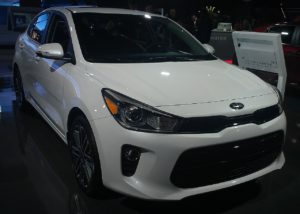 2018, 2019, 2020 Kia Rio (YB)
2018, 2019, 2020 Kia Rio (YB)
Guaranteed 3 across installations:
Clek Fllo (x3).
Clek Foonf (x3).
Chicco KeyFit 30 (x3).
Clek Oobr (x3).
Diono Radian RXT (x3).
Diono Radian R120 (x3).
Diono Radian R100 (x3).
Combi Coccoro (x3).
Tips and Tricks:
The current generation of the Kia Rio is a scant 160 long in the hatchback and just under 173 inches long in the sedan, and 68 inches wide in both configurations. Essentially, it’s no easier to make work than the previous generation. However, as I noted in the guide to the prior generationm if it’s possible in a Honda Fit (and it is), and a Fit is narrower than a Rio, then it’s definitely possible with a Rio if you use the right seats. I wouldn’t bother with most Britaxes; they’re just too wide. The Clek and Diono seats are the most straightforward ways of getting things to work, and it’ll still be a snug fit with these. Of course, you’ll want to use your seat belts for these installations and leave LATCH for another day.
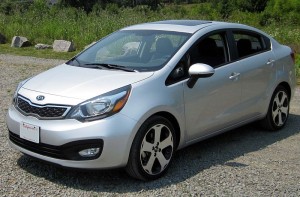 2012, 2013, 2014, 2015, 2016, 2017 Kia Rio (UB)
2012, 2013, 2014, 2015, 2016, 2017 Kia Rio (UB)
Guaranteed 3 across installations:
Clek Fllo (x3).
Clek Foonf (x3).
Chicco KeyFit 30 (x3).
Clek Oobr (x3).
Diono Radian RXT (x3).
Diono Radian R120 (x3).
Diono Radian R100 (x3).
Combi Coccoro (x3).
Tips and Tricks:
This generation of the Kia Rio is a scant 172 inches long and 68 inches wide, which makes it a far more challenging vehicle than average for a 3 across installation. That said, if it’s possible in a Honda Fit (and it is), and a Fit is narrower than a Rio, then it’s definitely possible with a Rio if you use the right seats. I wouldn’t bother with most Britaxes; they’re just too wide. The Clek and Diono seats are the most straightforward ways of getting things to work, and it’ll still be a snug fit with these. Of course, you’ll want to use your seat belts for these installations and leave LATCH for another day.
 If you find my information on best practices in car and car seat safety helpful, you can do your shopping through this Amazon link. Canadians can shop here for Canadian purchases. Have a question or want to discuss best practices? Send me an email at carcrashdetective [at] gmail [dot] com.
If you find my information on best practices in car and car seat safety helpful, you can do your shopping through this Amazon link. Canadians can shop here for Canadian purchases. Have a question or want to discuss best practices? Send me an email at carcrashdetective [at] gmail [dot] com.

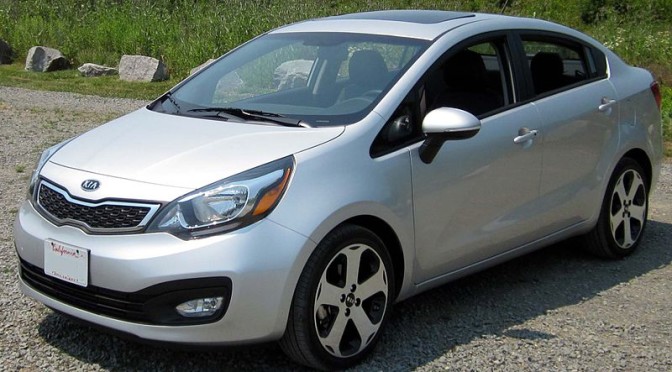
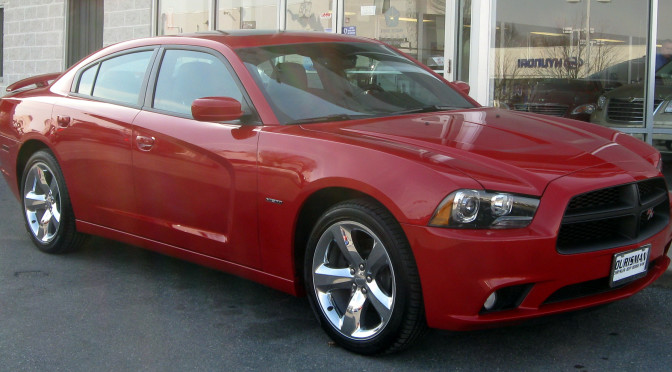
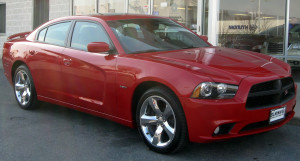 2011, 2012, 2013, 2014, 2015, 2016, 2017 Dodge Charger
2011, 2012, 2013, 2014, 2015, 2016, 2017 Dodge Charger
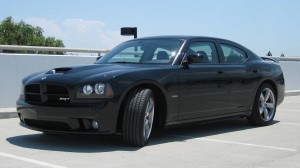 2006, 2007, 2008, 2009, 2010 Dodge Charger
2006, 2007, 2008, 2009, 2010 Dodge Charger
 Who:
Who: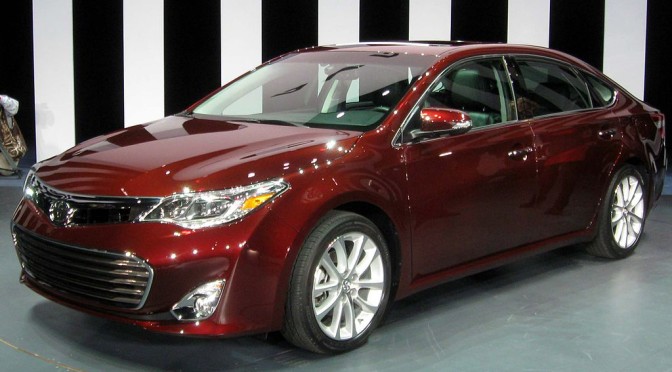
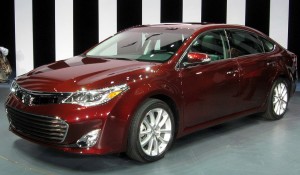 2013, 2014, 2015, 2016, 2017 Toyota Avalon
2013, 2014, 2015, 2016, 2017 Toyota Avalon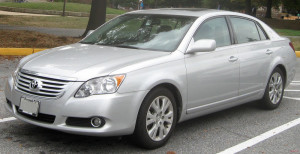 2005, 2006, 2007, 2008, 2009 2010, 2011, 2012 Toyota Avalon
2005, 2006, 2007, 2008, 2009 2010, 2011, 2012 Toyota Avalon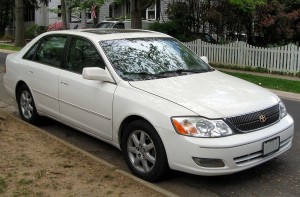 2000, 2001, 2002, 2003, 2004 Toyota Avalon
2000, 2001, 2002, 2003, 2004 Toyota Avalon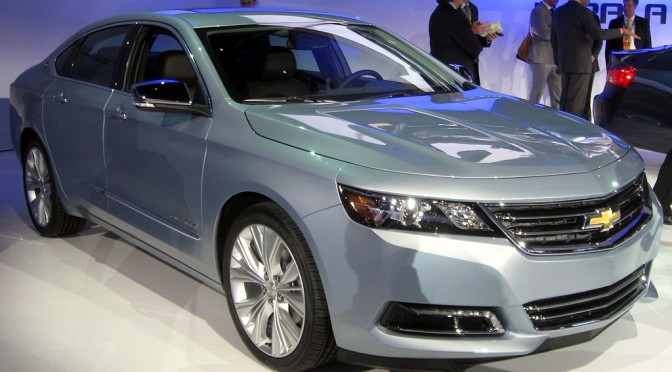
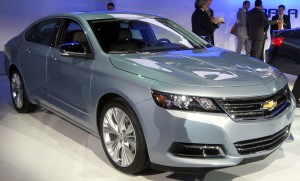 2014, 2015, 2016, 2017 Chevrolet Impala
2014, 2015, 2016, 2017 Chevrolet Impala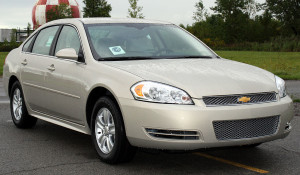 2006, 2007, 2008, 2009, 2010, 2011, 2012 Chevrolet Impala
2006, 2007, 2008, 2009, 2010, 2011, 2012 Chevrolet Impala